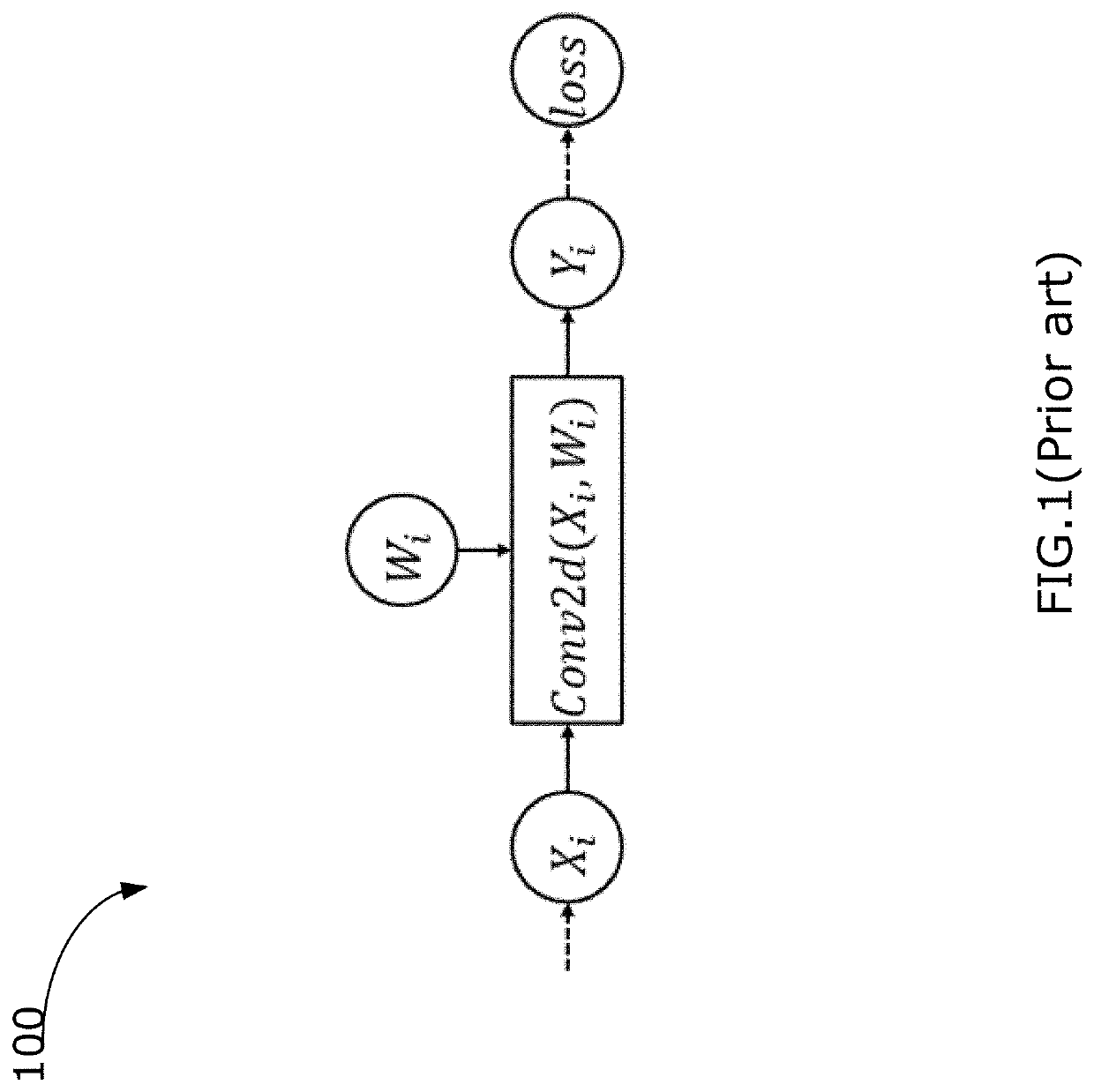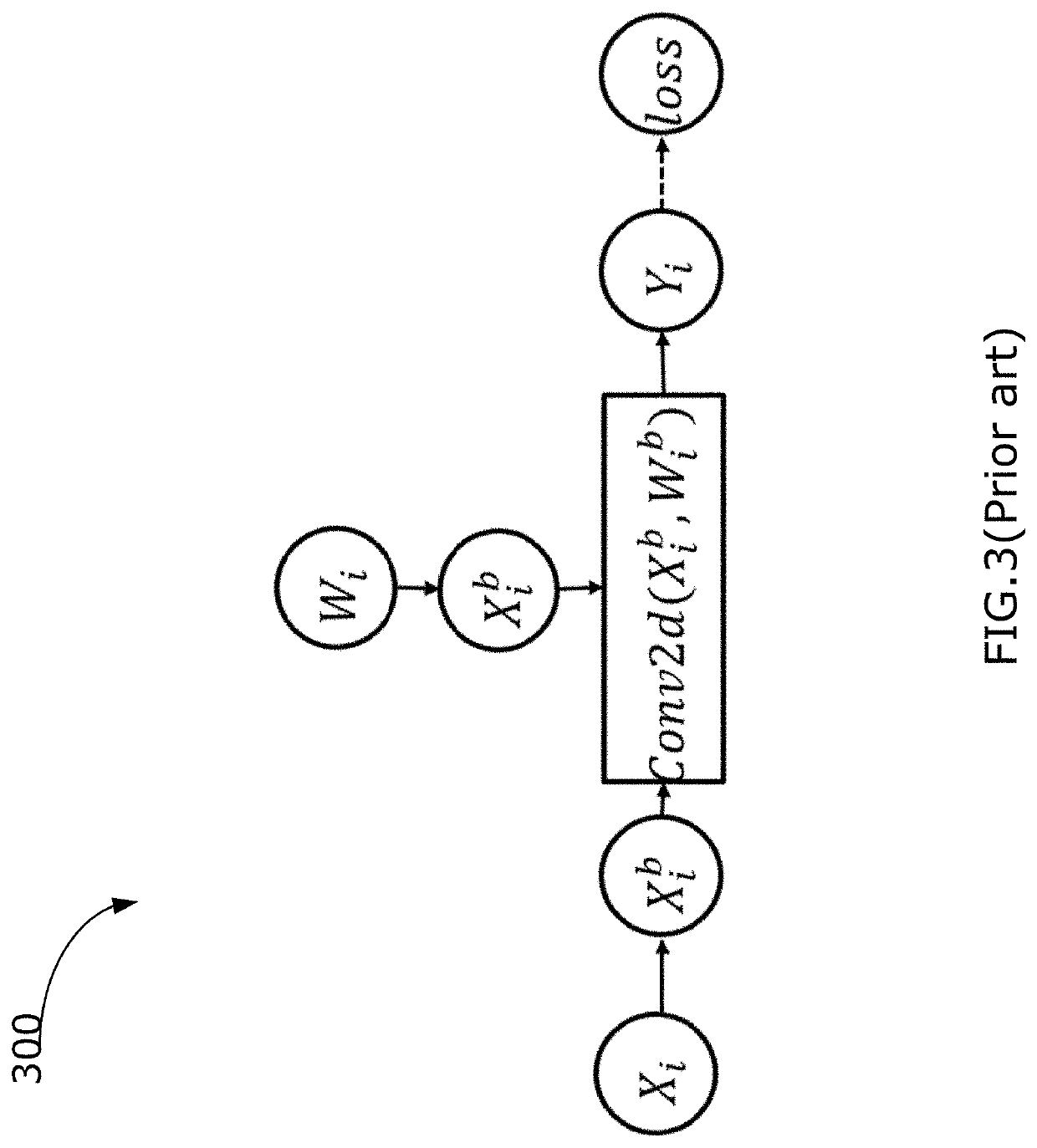Method and system for training binary quantized weight and activation function for deep neural networks
- Summary
- Abstract
- Description
- Claims
- Application Information
AI Technical Summary
Benefits of technology
Problems solved by technology
Method used
Image
Examples
Embodiment Construction
[0070]Example embodiments relate to a novel method of quantization for training 1-bit CNNs. The methods disclosed include aspects related to:
[0071]Regularization.
[0072]A regularization function facilitates robust generalization, as it is commonly motivated by L2 and L1 regularizations in DNNs. A well structured regularization function can bring stability to training and allow the DNNs to maintain a global structure. Unlike conventional regularization functions that shrink the weights to 0, in the context of a completely binary network, in example embodiments a regularization function is configured to guide the weights towards the values −1 and +1. Examples of two new L1 and L2 regularization functions are disclosed which make it possible to maintain this coherence.
[0073]Scaling Factor.
[0074]Unlike XNOR-net which introduces scaling factors for both weights and activation functions in order to improve binary neural networks, but which complicates and renders the convolution procedure ...
PUM
 Login to View More
Login to View More Abstract
Description
Claims
Application Information
 Login to View More
Login to View More - Generate Ideas
- Intellectual Property
- Life Sciences
- Materials
- Tech Scout
- Unparalleled Data Quality
- Higher Quality Content
- 60% Fewer Hallucinations
Browse by: Latest US Patents, China's latest patents, Technical Efficacy Thesaurus, Application Domain, Technology Topic, Popular Technical Reports.
© 2025 PatSnap. All rights reserved.Legal|Privacy policy|Modern Slavery Act Transparency Statement|Sitemap|About US| Contact US: help@patsnap.com



